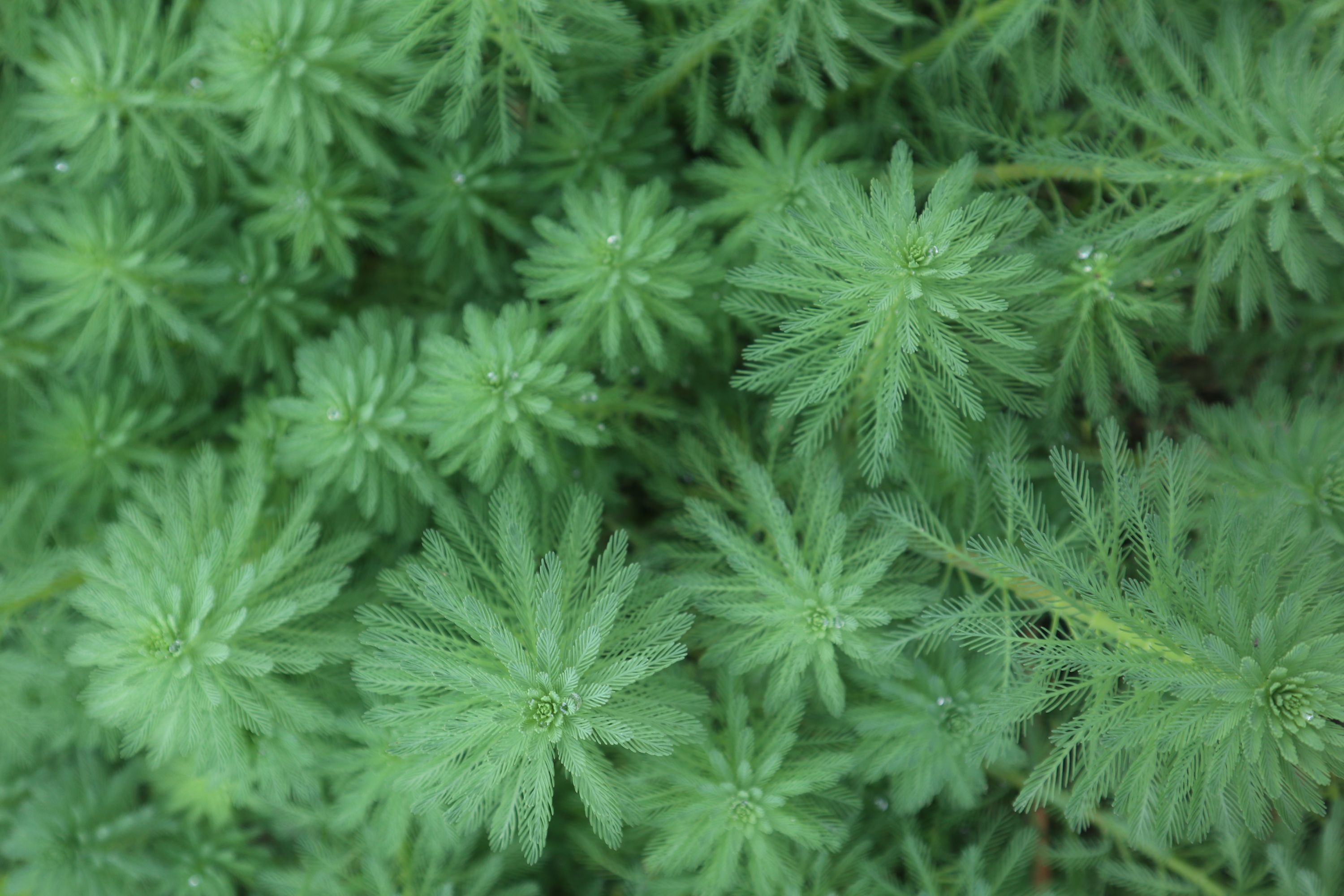Carolina fanwort
(Cabomba caroliniana)

Description
Cabomba caroliniana is an aquatic perennial herbaceous plant native to North and South America. It is a weed of national significance in Australia and on the list of invasive alien species of union concern in the EU. The latter implies that the species cannot be traded nor commercialised. Additionally, if you already had the plant in your possession before the Regulation entered into force, you should take appropriate measures to avoid the species spreading beyond your property. Cabomba caroliniana is commonly called Carolina fanwort, Carolina water shield, green cabomba, fanwort, fish grass, and Washington grass. It is native to southeastern South America (southern Brazil, Paraguay, Uruguay, and northeastern Argentina), and the East and West Coasts of the United States. It is eaten as a vegetable in some areas. Fanwort is a submerged, sometimes floating, but often rooted, freshwater perennial plant with short, fragile rhizomes. The erect shoots are upturned extensions of the horizontal rhizomes. The shoots are grass-green to olive-green or sometimes reddish-brown. The leaves are of two types: submerged and floating. The submerged leaves are finely divided and arranged in pairs on the stem. The floating leaves, when present, are linear and inconspicuous, with an alternate arrangement. They are less than 1⁄2 in (13 mm) long and narrow (less than 1⁄4 in or 6.4 mm). The leaf blade attaches to the centre, where a slight constriction is seen. The flowers are white and small (less than 1⁄2 in (13 mm) in diameter) and are on stalks that arise from the tips of the stems.
Taxonomic tree:







